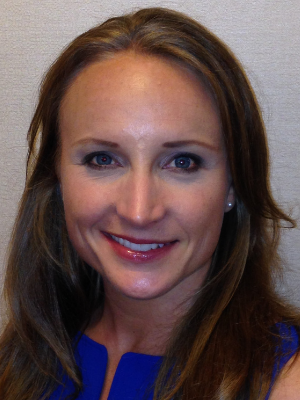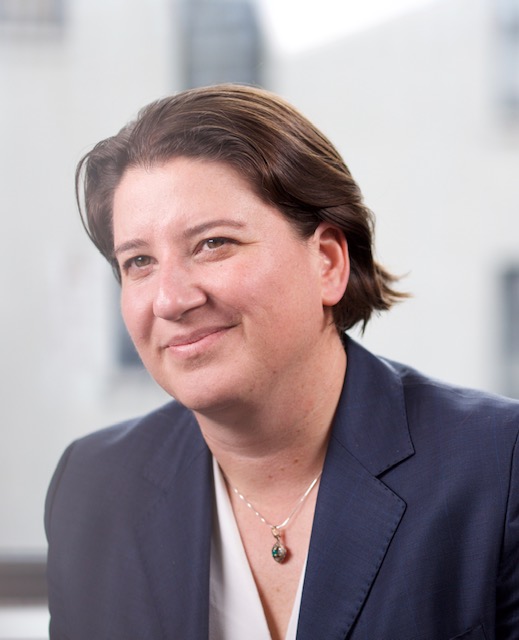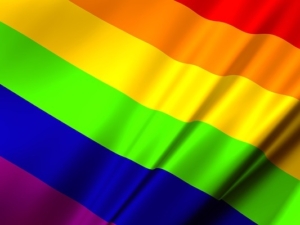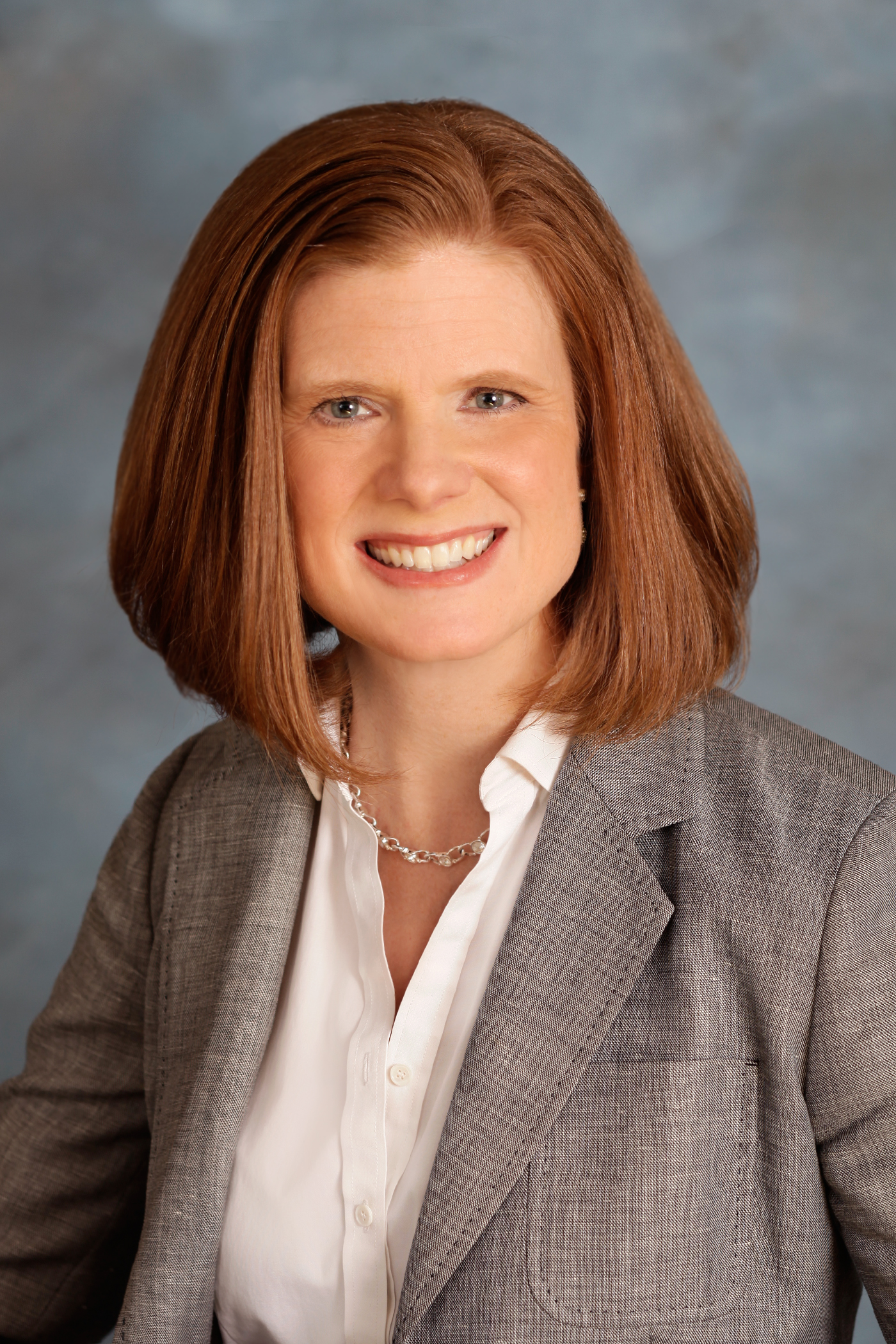 “As a professional golfer, you either hire someone to run the business side of your career, or you run it on your own. I ran my own business, raised nearly a million dollars in capital, hired my whole team and traveled around the world,” says Natalie Tucker. “It was a great experience that taught me a lot about business.”
“As a professional golfer, you either hire someone to run the business side of your career, or you run it on your own. I ran my own business, raised nearly a million dollars in capital, hired my whole team and traveled around the world,” says Natalie Tucker. “It was a great experience that taught me a lot about business.”
Tucker shares some unique insights from the golf course to apply in the workplace, why you should focus on influencing the influencers and the price she once paid for feeling unable to bring her whole self to work.
From the Golf Course to Health Care
Tucker was a professional golfer for ten years before she retired her golf clubs at the competitive level and moved into healthcare.
Though she realizes being a professional athlete, especially as a woman, is an inspiration to others to embrace your gifts and follow your dreams, she also felt compelled to find avenues to more directly impact the lives of others. Having been surrounded by the business of health as a golfer, she was magnetized to go into healthcare while leveraging the science-inclined side of herself.
“Being a professional athlete was fun and entertaining, but for me, it felt like something was missing. In my work now, I feel I am helping people and bringing value to them,” says Tucker. “The patients benefit from our work, and you really feel like you’re making a difference.”
After a period of working in a company that focused on artificial intelligence for skin cancer detection, she attained her MBA from Yale, before moving into consulting for pharmaceutical companies. Eventually she joined Novartis – where she heads strategy and operations for a business unit focusing on radiopharmaceuticals for the treatment of patients with various cancers.
Lessons For Navigating the Course of Business
In a unique training ground where her personal career depended not only upon her athletic ability but also on her business prowess, Tucker acquired many valuable lessons as an athlete that she continues to draw from, over 10 years after leaving the golf course.
Maintaining Calm Under Pressure
Tucker gives credit to her professional golf career for helping her learn to manage pressure and anxiety. Her ability to retain her LPGA Tour Card, and therefore her job for the following year, depended on her performance in a single four-day tournament. When the stakes are that high, with six-figure sponsors on the line, you have to stay in your center and focus.
“If you play poorly over four days, you lose everything. You lose your income, you have nothing,” she recalls. “So there’s a lot of pressure. I had to learn ways of self-calming: how do I quiet my mind, take two minutes and just relax, and empty everything out? I did that on the golf course to get through these really hard moments.”
“This is a hundred percent applicable to business. Before I go into an interview, before I give a presentation, before I talk with the CEO of the company – I take two minutes just to calm myself. All of the methods that help maintain an even keel transfer from golf to business.”
Visualizing Your End Goal and Pathway To Success
“In playing professional golf, you spend a lot of time visualizing or mentally planning what you want to accomplish,” she notes. “The best way to be successful in business is also to think about what you’re trying to accomplish, and ask yourself ‘What does the end goal look like?’ ”
Once you know where you want to go, it’s about setting the plan for how to arrive to that outcome.
“Unless you have a vision of where you want to go and a plan of how you’re going to get there, you’re not going to make it, this is true in golf or business,” observes Tucker. “When you play a tournament, you plan every single shot in advance and visualize yourself accomplishing it – For example, for each hole, you look at where the pin is, and you think of the best angle to approach it. This angle informs every shot ahead of it. It’s starting with the end in mind to inform your first move.
In business, not only do you need to identify ‘what good looks like’ and sketch a project plan for how you’re going to get there”, says Tucker, “but you also need to ask yourself who you need to bring in.”
Bringing In Your Support Team
“Running my own business as a professional golfer taught me how to work with people, and not just for the purpose of ‘transacting’. I learned how to understand what others’ needs are, and the importance of that knowledge to build a strong relationship,” says Tucker.
It’s a misconception that being a golfer is not also about being part of a team, as her team was essential to overall success.
“When I came into business, I thought I could be successful if I worked hard enough, but that’s not necessarily true. You have to bring others along with you for the ride,” she notes. “Similar to golf, the more you can bring the right team on board, the more successful you will be.”
Tucker feels that dialogue is what gives rise to the best solutions, as the combined insight from others is what often catalyzes the best path, not just your own thinking.
Influencing the Influencers
Previously very focused on personal performance, getting out of her comfort zone and moving towards greater focus on interconnectivity has ultimately been highly fulfilling and encouraged versatility.
“Taking the time and really getting to know people has been the most rewarding part of my career. I’m really happy that I’ve adjusted my style of work to look beyond the work itself, and broaden my perspective to focus on people.”
One of the biggest adjustments that Tucker felt coming into business, as a performance-focused introvert, was the necessary need to navigate the more strategic connections that are so often a large component of being effective in the business world. In golf, the bottom line of Tucker’s success was her performance down to the numbers. If she performed well, the right people would come to her.
“The hardest part about the corporate world is there’s no black and white success criteria. There’s nothing that says if you do well on this project, you will be promoted,” says Tucker. “It’s performance over time and there’s a whole communication network that took me a long time to understand, and adjust to.”
As she had to do with raising money in golf, Tucker has learned to engage beyond the people in her team, and not necessarily by going three levels up for visibility either. Her strategy has been to develop real connections with influencers to the decision-makers.
“What I see too often is people only building relationships with those people who are like them and in their comfort zone, often at the same level or nearby in the office,” she notes. “But people would really benefit by looking at an organization and asking: who are the key decision-makers, and who are the influencers to those key decision makers?”
“People often want to go directly to the key decision maker and say ‘get to know me’, but if you get to know the influencers of the key decision makers, you become an influencer in the organization as well,” she has realized. “When joining an organization, this is a good first step for those who are more introverted and looking to quickly create positive impact on the business because you’re able to have honest dialogues on key matters. It’s about reading the organization, and learning about its people – not their title, but who they are, and their communication networks. Once you understand the communication network of an organization, you can navigate it well.”
The Price of Not Bringing Her Whole Self To Work
As a professional golfer twenty years ago, Tucker’s brand was critical to her ability to raise funds and support her athletic career – and she went through a very tough lesson as a gay woman who did not feel she could risk being her whole self.
At one point, one of her major sponsors told her that he had heard rumors she was gay. If true, he made it explicit that this would be a dealbreaker for continued sponsorship.
“Now this was 20 years ago, and times were different, but I hid who I was. I changed my image, tried to behave and walk differently, and it destroyed my career,” Tucker states. “I was trying to be someone I wasn’t, and I wasn’t authentic to myself or to the world around me. If I could do it over again, I would have behaved differently, even though it would have dissolved my access to income at the time. Trying to hide who I was made it impossible to be great. I couldn’t be my best without being my full self.”
After leaving golf where success was so dependent on her image, Tucker found the protections of the corporate world to be a huge relief.
“There was a transition period, where I learned how to be who I was, without feeling that I was going to be retaliated against,” she notes. “Today, everybody knows my wife, Marion. I finally feel like I have the ability to be open, and to be who I am. But it was a learning experience for me, and it definitely wasn’t easy along the way.”
In addition to loving cooking, Tucker loves to be outside enjoying nature whenever she can, and still loves to compete. These days, squash, tennis with her wife (who she jokes is ‘not that bad’ on the court against her) and basketball, to stay in shape, are her sports of choice.
By Aimee Hansen




